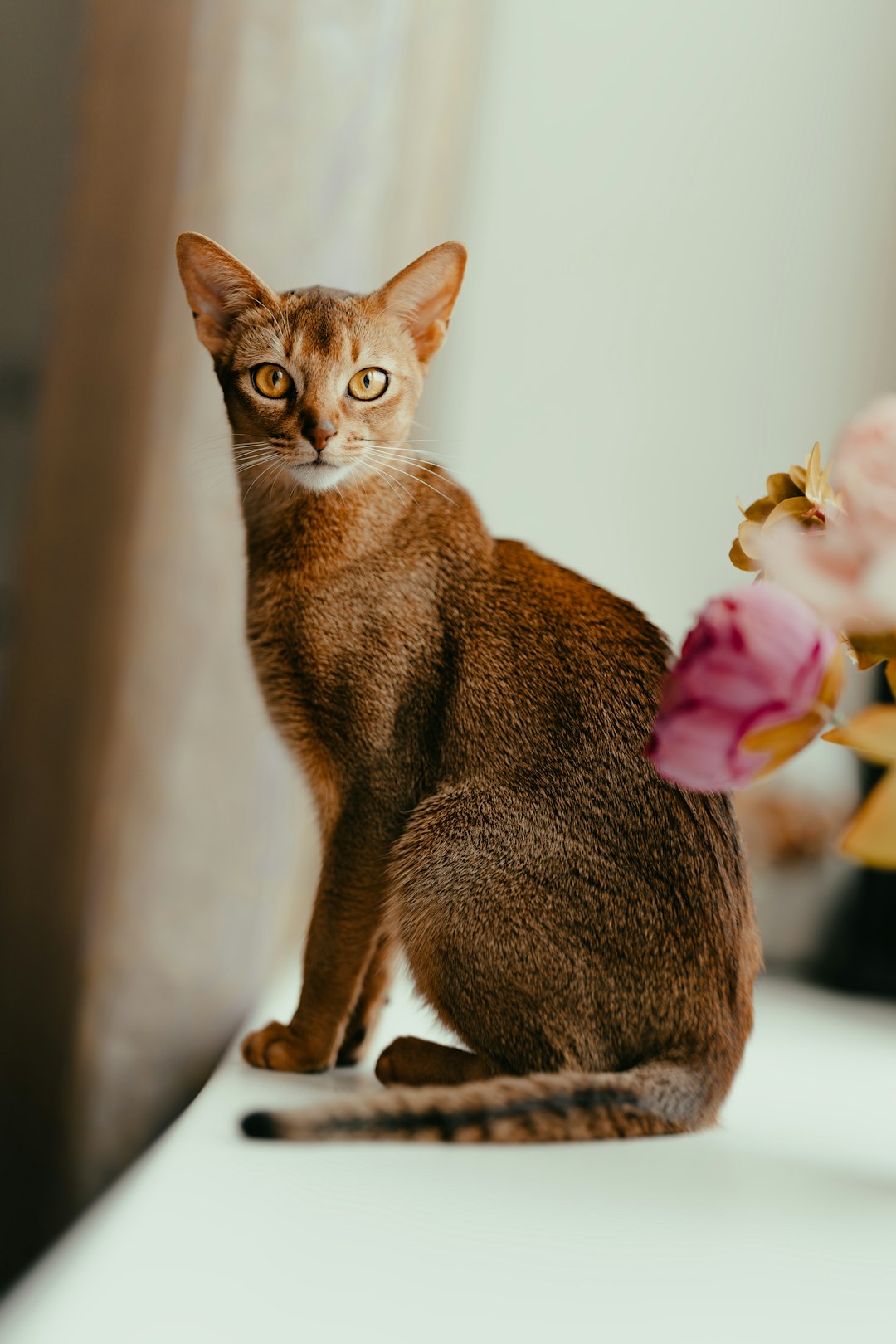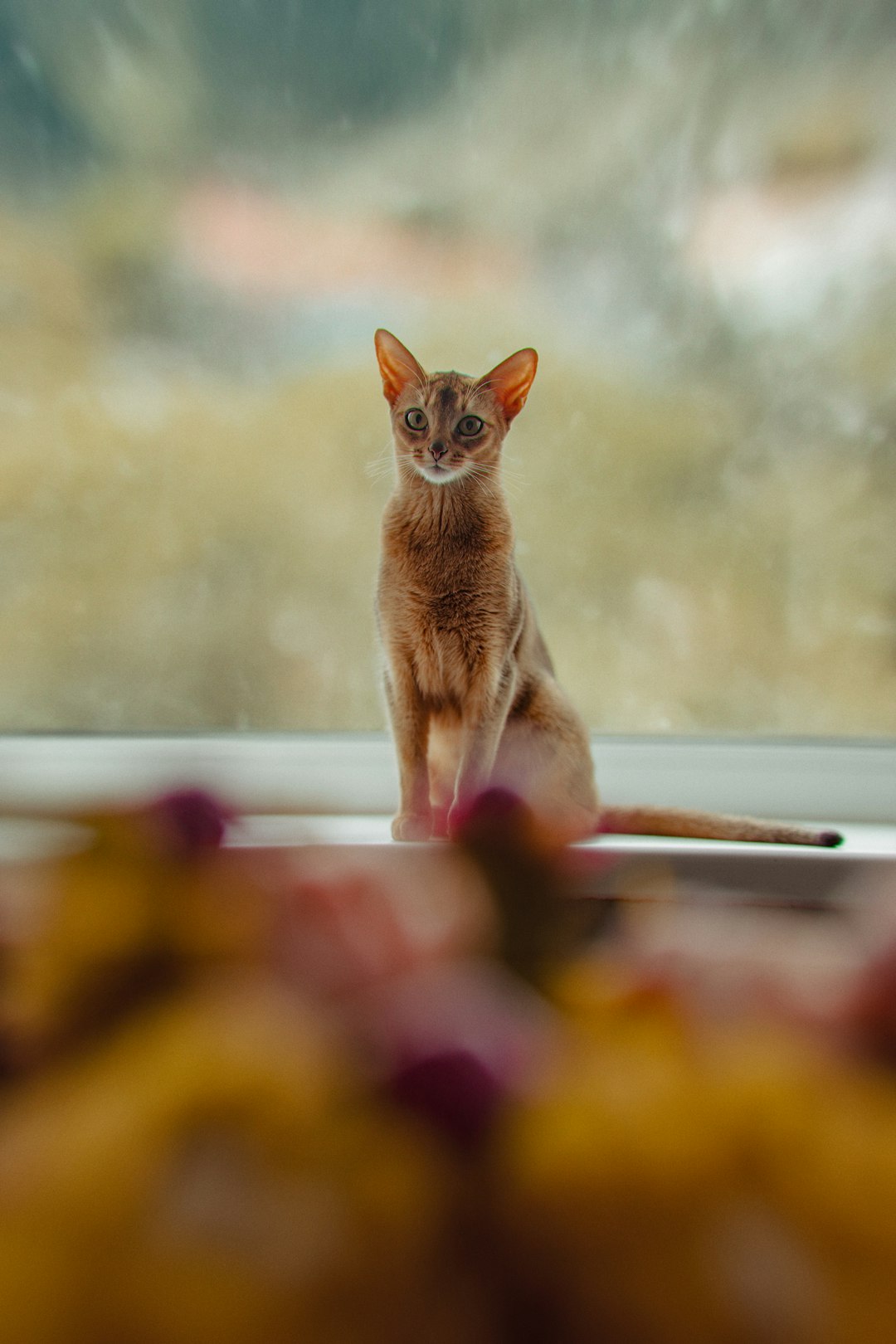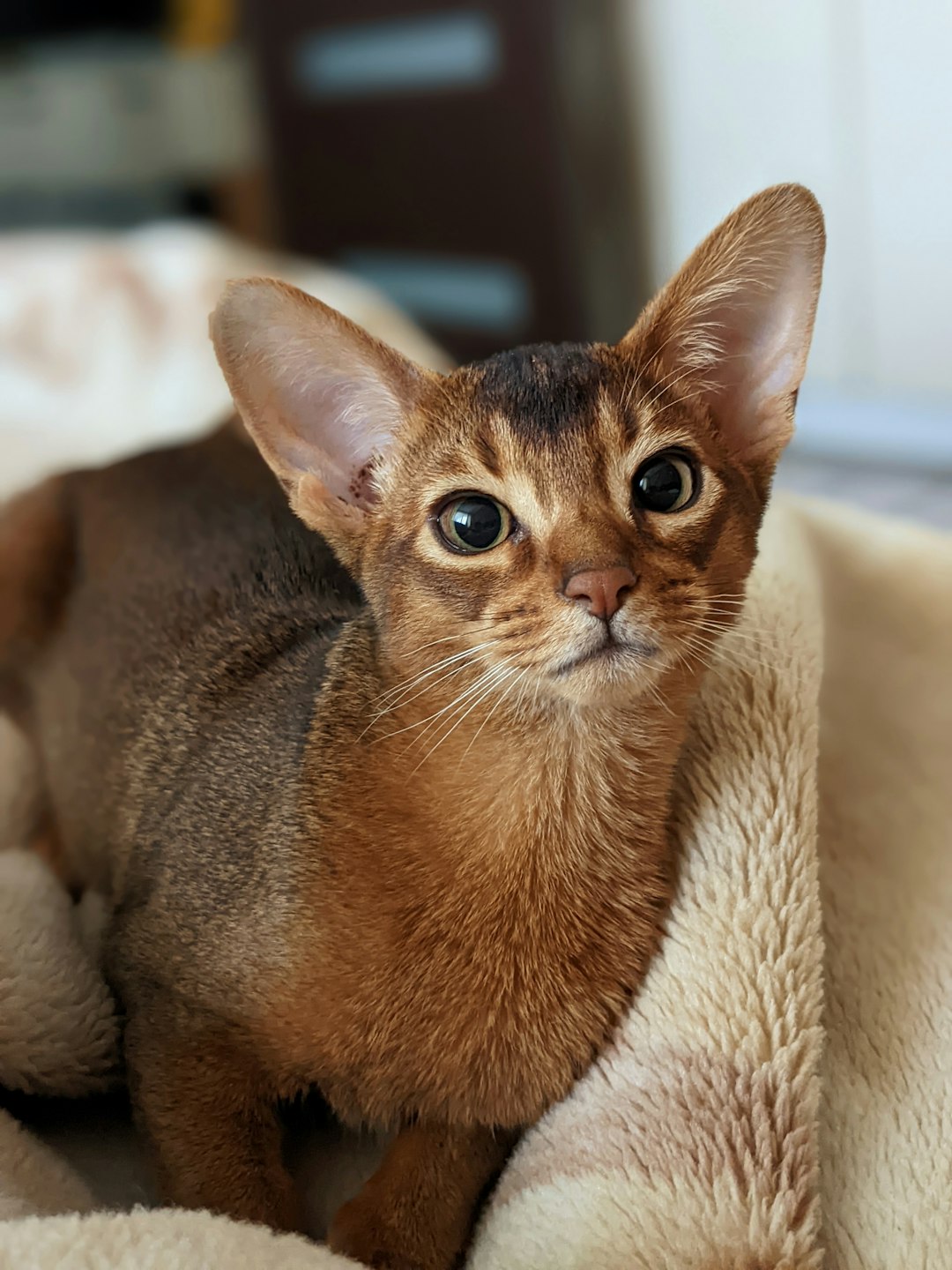The charming grey tabby cat captivates many with its unique blend of beauty and personality. This beloved breed showcases distinct patterns and markings, enhancing its appeal. In addition to their striking appearance, understanding their temperament and care needs is essential for any pet owner. This blog post will explore the physical traits, personality, and health considerations of grey tabby cats, providing you with valuable insights to ensure a happy and healthy life for your feline friend. Join us as we dive into the characteristics and care requirements that define these delightful companions.
Physical Characteristics of Grey Tabby Cats
Grey tabby cats boast a unique and captivating appearance that sets them apart in the feline world. Here are some defining physical traits:
- Coat Color: Their coat features a beautiful grey hue, which can vary from light silver to deep charcoal.
- Tabby Patterns: Grey tabby cats are known for their distinctive patterns. You might notice:
- Mackerel: Striped patterns running parallel down their sides.
- Classic: Swirled patterns resembling a marble.
- Spotted: Spots scattered throughout, giving them a wild look.
- Eyes: Typically, their eyes shine in shades of green or gold, often providing a striking contrast against their grey fur.
- Body Structure: Most grey tabby cats have a medium build, with muscular frames and a balanced appearance.
Comparison Table of Grey Tabby Cat Patterns:
| Pattern Type | Description |
|---|---|
| Mackerel | Parallel stripes down the sides |
| Classic | Swirled patterns that form a bullseye |
| Spotted | Random spots across the body |
In summary, the grey tabby cat’s alluring features and variations in patterns create a stunning visual that many cat lovers adore.
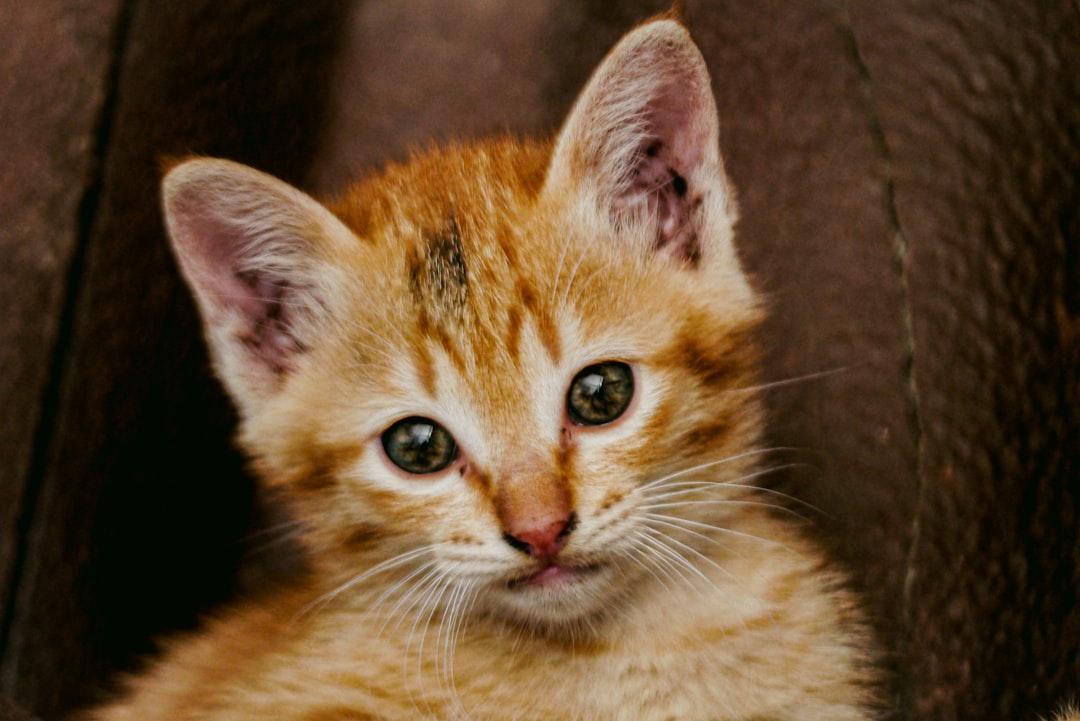
Distinct Patterns and Markings
Grey tabby cats are renowned for their striking and varied coat patterns. Their distinctive markings not only make them visually appealing but also contribute to their charm. Here are the primary patterns you’ll notice in grey tabby cats:
Mackerel: This pattern features parallel stripes running down the sides, resembling a fish skeleton. It is one of the most common patterns found in grey tabbies.
Classic (Blotched): Characterized by bold, swirling patterns resembling a marble cake, this style is often seen in darker shades of grey.
Spotted: Grey tabbies may also display spots or rosettes, giving them a unique appearance akin to larger wild cats.
Ticked: In this variation, the fur shows a banded coloration, producing a "salt-and-pepper" effect when viewed from a distance.
These patterns not only add to the aesthetic appeal of the grey tabby cat but also help to identify their breed lineage. Understanding these markings can enhance one’s appreciation for these delightful companions.
Temperament and Personality Traits
The Grey tabby cat is not only distinguished by its striking appearance but also by its charming temperament. These cats exhibit a blend of playful and affectionate characteristics that make them wonderful companions. Here are some notable traits:
- Affectionate Nature: Grey tabby cats often form strong bonds with their owners. They seek out attention and enjoy cuddling.
- Playfulness: Known for their energetic disposition, they love interactive playtime. Toys that mimic prey engage their hunting instincts.
- Intelligence: This breed is clever and curious, often exploring their surroundings. They can learn tricks and commands quickly.
- Adaptability: Grey tabby cats adjust well to different living environments. Whether it’s a bustling household or a quieter space, they thrive.
Comparative Personality Traits
| Trait | Grey Tabby Cat | Other Breeds |
|---|---|---|
| Affectionate | High | Varies |
| Playfulness | Moderate to High | High in some breeds |
| Intelligence | High | Varies |
| Adaptability | Excellent | Varies |
In summary, the Grey tabby cat stands out for its delightful personality, making it an ideal pet for many households.
Common Health Issues in Grey Tabby Cats
Like all cat breeds, the Grey tabby cat is prone to specific health concerns. Being informed about these potential issues can help you take proactive measures for their well-being.
Common Health Issues:
Obesity: Grey tabby cats often love their food, making it essential to monitor their diet and maintain a healthy weight.
Hypertrophic Cardiomyopathy (HCM): This heart condition is common in felines and can lead to serious complications. Regular vet check-ups are crucial for early detection.
Dental Disease: Grey tabby cats can develop plaque and tartar buildup, leading to gum disease. Regular dental care is vital to maintaining their oral health.
Kidney Disease: As they age, Grey tabby cats can be susceptible to kidney issues. Keep an eye on changes in drinking and urination habits.
Prevention Tips:
- Regular Vet Visits: Schedule yearly check-ups to catch any health concerns early.
- Balanced Diet: Feed them high-quality cat food to prevent obesity and other nutrition-related issues.
- Exercise: Engage in playtime to keep your Grey tabby cat active and healthy.
Being aware of these common health issues can help you ensure a long and happy life for your beloved Grey tabby cat.
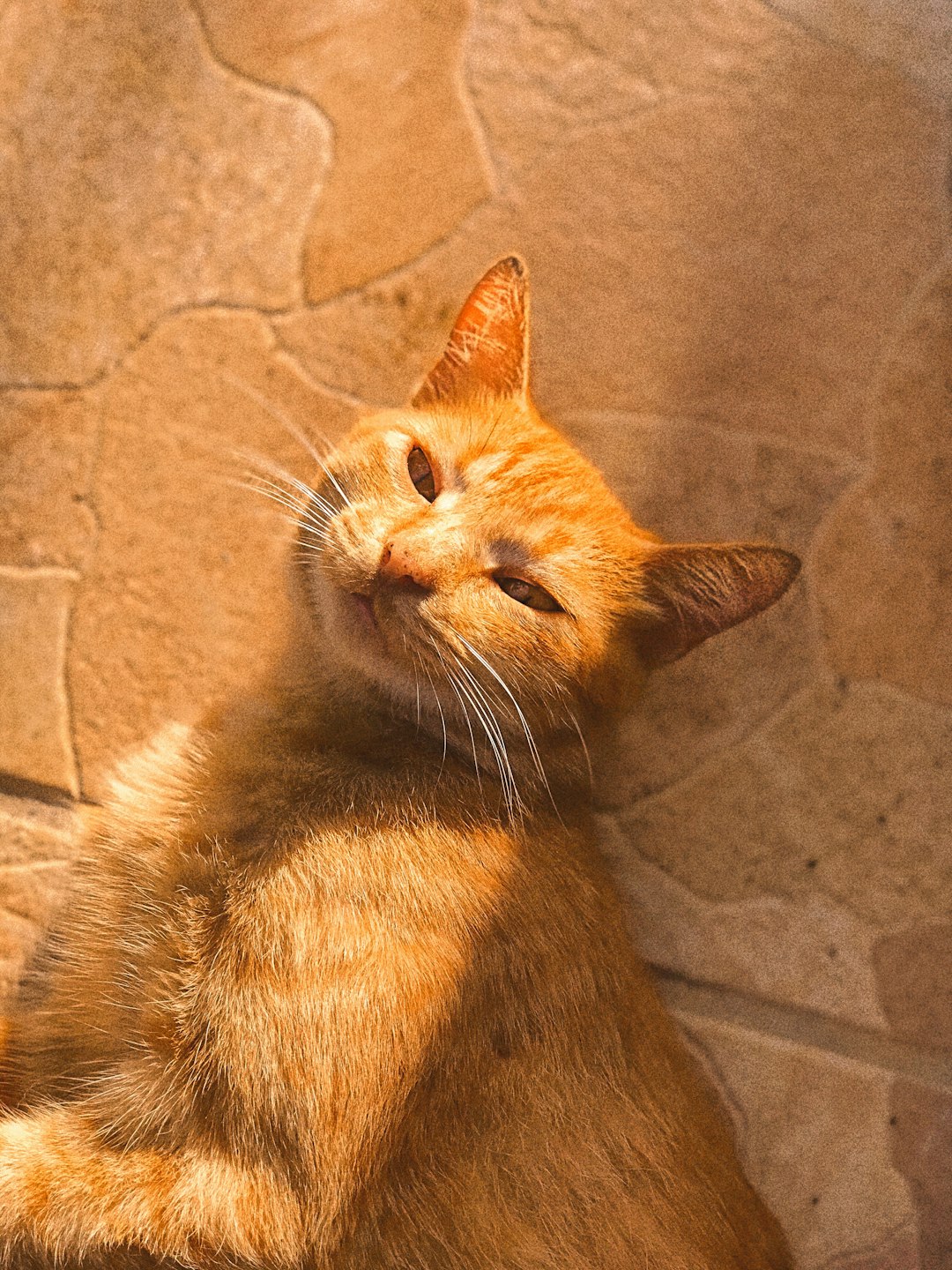
Feeding and Nutrition Requirements
Feeding your grey tabby cat the right diet is crucial for its overall health and well-being. These cats have specific nutritional needs that can vary based on age, weight, and activity level. Here’s a breakdown of what to consider when feeding your furry friend:
High-quality protein: Look for cat food that lists meat as the first ingredient. Grey tabby cats thrive on protein-rich diets, which support lean muscle mass.
Balanced fats: Essential fatty acids, like Omega-3 and Omega-6, benefit skin and coat health. Ensure the food includes these for a shiny, healthy coat.
Hydration: Cats are prone to urinary tract issues. Encourage hydration by offering wet food, which contains more moisture compared to dry kibble.
Age-appropriate formulas: Kittens, adults, and senior grey tabby cats have different nutritional requirements. Choose food that suits their life stage.
Daily Feeding Guidelines
| Cat Life Stage | Daily Caloric Intake |
|---|---|
| Kittens | 200-250 calories/day |
| Adults | 250-300 calories/day |
| Seniors | 200-250 calories/day |
Monitoring your grey tabby cat’s weight and adjusting portions accordingly can prevent obesity. Always consult a veterinarian for personalized dietary advice.
Grooming Tips for Grey Tabby Cats
Caring for a Grey tabby cat requires regular grooming to maintain their coat and overall health. Here are some essential grooming tips:
Frequency: Aim to brush your Grey tabby cat at least once a week. This helps prevent matting and reduces shedding.
Tools:
- Use a slicker brush to remove loose fur and debris.
- A wide-toothed comb works well for detangling any knots.
Bathing: Generally, Grey tabby cats do not require frequent baths. However, if they get into something messy, a gentle cat shampoo is recommended.
Nail Care: Regularly check and trim your cat’s nails every 2-3 weeks to prevent overgrowth and potential injury.
Ear and Eye Cleaning: Keep an eye on their ears and eyes. Clean any discharge using a soft, damp cloth.
By incorporating these grooming techniques into your routine, you will keep your Grey tabby cat looking sleek and healthy while also strengthening your bond with them.
Creating a Comfortable Environment
Creating a comfortable environment for your Grey tabby cat is essential for their well-being and happiness. Here are some key factors to consider:
- Cozy Sleeping Spots: Ensure your cat has a few cozy sleeping areas. Use soft beds or blankets in quiet spaces away from high traffic areas.
- Safe Play Areas: Designate safe zones where your Grey tabby cat can explore and play. Include toys, climbing structures, and scratching posts to keep them engaged.
- Temperature Control: Maintain a comfortable room temperature. Cats prefer warmth, so provide sunny spots or heat pads during colder months.
- Hiding Places: Cats love to hide, so create nooks or use cat-friendly furniture where they can curl up and feel secure.
- Clean Litter Box: Keep the litter box clean and in a quiet location. Regularly changing the litter helps ensure your cat feels comfortable using it.
By focusing on these elements, you can create a nurturing and comfortable environment that your Grey tabby cat will appreciate and thrive in.
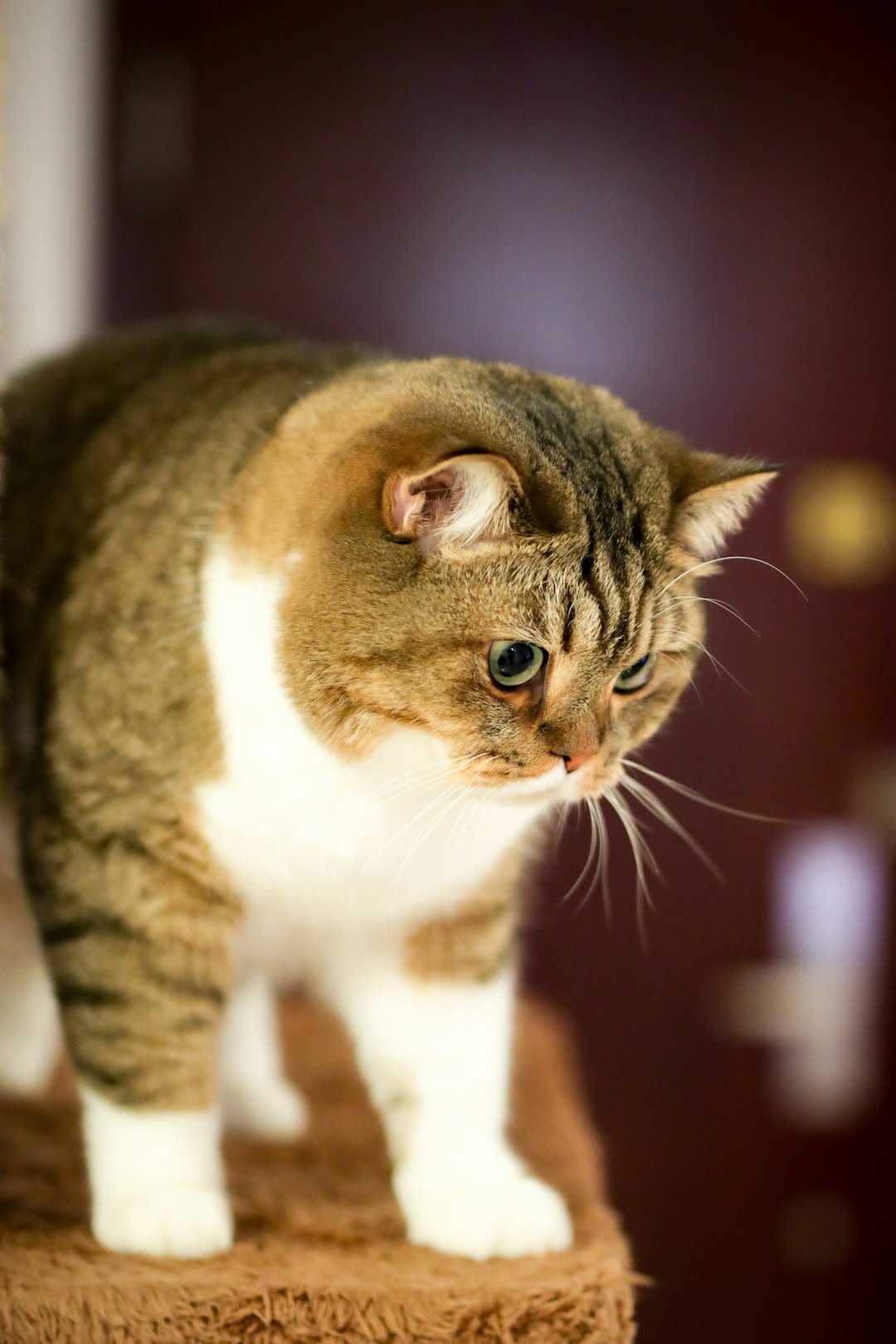
Training and Socialization Strategies
Training a Grey tabby cat can be rewarding and enjoyable, as these felines possess an intelligent and adaptable nature. Here are some effective strategies to consider:
Start Early: Begin training your Grey tabby cat while they are still a kitten. This ensures they develop good habits and become well-adjusted adults.
Positive Reinforcement: Use treats and praise to reward desirable behavior. For instance, reward your cat when they use the litter box or scratch on appropriate surfaces.
Short Sessions: Keep training sessions brief (5-10 minutes) to maintain your cat’s attention. Frequent, short interactions prove more effective than longer sessions.
Socialization: Introduce your Grey tabby cat to various people and pets. This will help them become comfortable in diverse environments and reduce anxiety around new encounters.
Leash Training: Consider leash training if you want to take your cat outdoors safely. Start with a comfortable harness and acclimate them to walking beside you gradually.
By employing these strategies, you can foster a well-mannered and sociable Grey tabby cat that thrives in your household.
Frequently Asked Questions
What are the physical characteristics of a Grey Tabby Cat?
Grey Tabby Cats are known for their distinctive markings, which include a mix of stripes, spots, and swirling patterns combined with a grey or silvery coat. Their fur can range from light silver to darker charcoal shades. They typically have well-defined M-shaped markings on their forehead, and their body structure can vary from slender to muscular. These cats often have large, expressive eyes that can be green, gold, or copper, contributing to their striking appearance.
How do I care for a Grey Tabby Cat?
Caring for a Grey Tabby Cat involves providing a balanced diet, regular veterinary check-ups, and maintaining a stimulating environment. It’s essential to choose high-quality cat food that meets their nutritional needs. Regular grooming is also important, especially to manage shedding and matting. Cats thrive on mental and physical stimulation, so provide toys, scratching posts, and interactive playtime. Ensuring they receive routine vaccinations and parasite control is crucial for their health.
Are Grey Tabby Cats known for specific behavioral traits?
Grey Tabby Cats are often praised for their affectionate and playful nature. They tend to be sociable and enjoy interacting with their human companions, making them great family pets. Many Grey Tabbies are known for their intelligence and curiosity, which can lead them to investigate their surroundings thoroughly. They may also exhibit a playful demeanor well into adulthood, requiring regular engagement through play to keep them happy and mentally stimulated.
What health issues are commonly associated with Grey Tabby Cats?
Grey Tabby Cats, like many breeds, can be prone to certain genetic health issues. Common concerns include obesity, which can lead to diabetes and joint problems, particularly if they lead a sedentary lifestyle. Additionally, some may be susceptible to hereditary conditions such as hip dysplasia or heart disease. Regular vet check-ups, maintaining a healthy diet, and encouraging physical activity are key ways to mitigate these risks and ensure your cat remains in good health.

